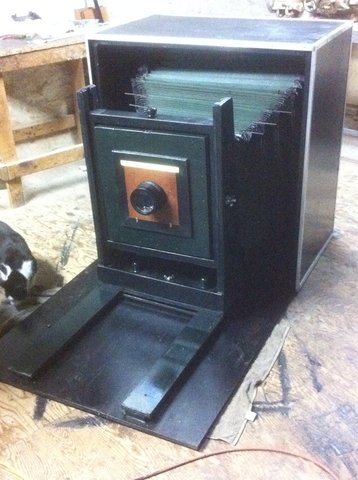In many ways, digital has caught up with film and in some ways surpassed it. A lot of time has passed since news photographers used the early digitals with low pixel counts and a limited tonal range because they delivered an image quickly and the small 60 screen or relatively low res halftones printed on news stock or even magazine pages already put limitations on the images.
These days digital edges out film in tonal range, high ISO performance and, in most cases, resolution. A film camera, often used, is going to cost you less, but it’s hard to evaluate long term costs without knowing a lot more about how a photographer shoots and presents his work
However, there is one area in which film easily beats out digital. That is the resolution, sharpness and fine detail available in large format film. Yes, there will be a reduction of quality when you enlarge or scan the film. My guess, and it is a guess, is that a really cheap scanner and 4x5 film would probably edge out the quality of high megapixel Sony and Canon sensors, but not by much. However, Roger Clark, who has done a lot of research and practical experimentation says that scanned 4x5 film can produce the equivalent of a 200 megapixel image. For anybody interested in film vs. digital, I recommend
https://clarkvision.com/imagedetail/film.vs.digital.summary1.html/ .
Let’s put it this way, large format film is a lot cheaper than a Phase One or even a Sony A7R iv camera. Sheet film prices are high, but you don’t use a lot of film. If you are going to take full advantage of the large format, you are going to be on a tripod and stopped down. It certainly didn’t stop photographers as diverse as Edward Weston, George Hurrell, Ansel Adams and, even on very rare occasions, Gene Smith. I bought my first 8 x 10 with a lens for $30. (My next one cost a lot more.) And it opened up a new world of photography, not just in image quality, but in putting me on a tripod and slowing me down. Come to think of it, slowing down and really looking at that image before I pressed the button was just as important as the improved image quality.
Any other infrequent users of big film cameras out there? Any thoughts about big cameras from photographers that use little cameras?


